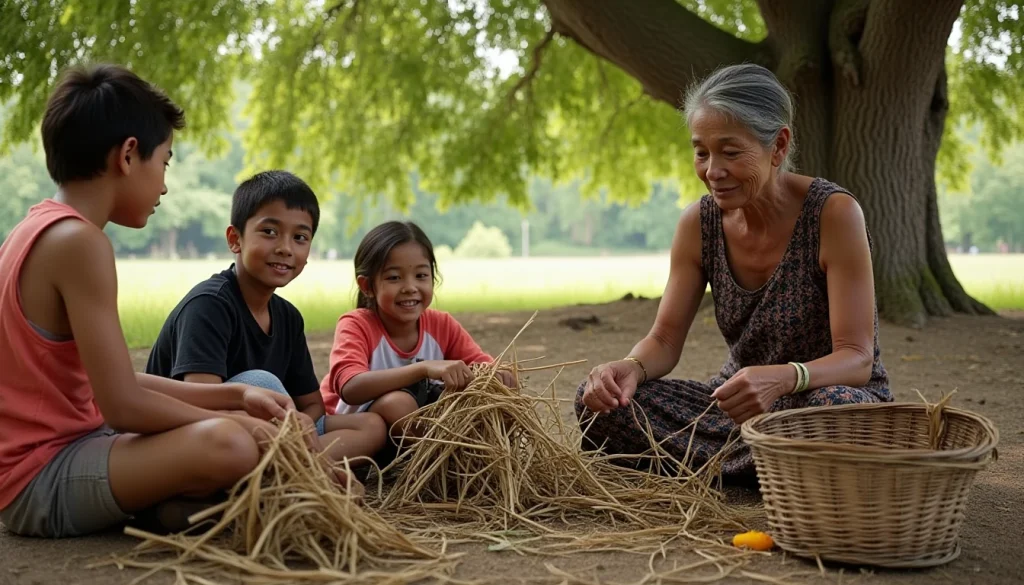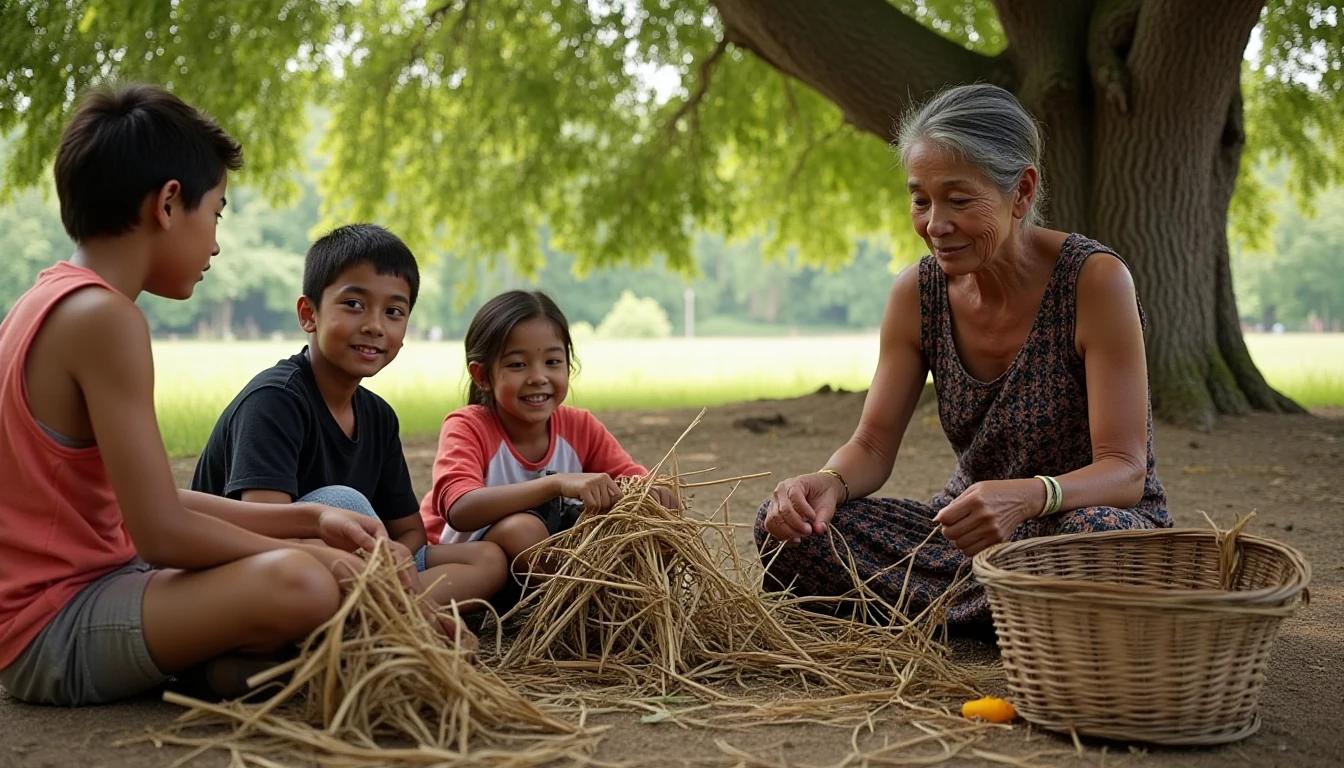The Importance of Tribal Sovereignty
The concept of tribal sovereignty is paramount to understanding Native American traditions across North America. This principle not only underpins the political structure of indigenous communities but also shapes their cultural practices and daily lives. Tribal sovereignty refers to the inherent right of tribes to govern themselves, manage internal affairs, and maintain their own laws and customs without interference from outside entities. It is a cornerstone that allows Native American cultures to thrive despite centuries of colonization and oppression.
One way tribal sovereignty manifests in daily life is through governance structures that reflect traditional values and practices. Many tribes have established councils or governing bodies where decisions are made based on consensus rather than majority rule, ensuring that all voices within the community are heard and respected. This participatory approach not only strengthens social cohesion but also fosters a deeper connection to ancestral traditions. Additionally, tribal sovereignty allows Native Americans to preserve their unique languages, which often contain complex grammatical structures and rich vocabularies that reflect centuries of oral storytelling and cultural knowledge.
Tribal sovereignty is also crucial in the realm of environmental stewardship, where many Native American communities have long practiced sustainable living practices. These traditions are deeply intertwined with spiritual beliefs about the land, water, and other natural elements. By exercising their sovereign rights, tribes can protect sacred sites, manage resources responsibly, and ensure that future generations inherit a healthy environment. This commitment to sustainability is not merely an environmental concern; it is a cultural imperative that reflects the interconnectedness of all living beings.
Sacred Spaces and Ceremonies
Sacred spaces and ceremonies are central to Native American traditions, serving as conduits for spiritual connection and community cohesion. These practices vary widely across different tribes but share common threads of reverence for nature, ancestors, and the divine. Whether it be through powwows, sun dances, or sweat lodges, these rituals offer profound insights into the cultural fabric of indigenous communities.
Powwows, often referred to as intertribal gatherings, are among the most recognizable Native American ceremonies in North America. These events bring together dancers, drummers, and singers from various tribes, creating a vibrant tapestry of music and movement. Participants wear elaborate regalia that tells the story of their heritage, lineage, and personal achievements. The circle is a fundamental symbol in many Native traditions, representing unity, continuity, and the cyclical nature of life. As dancers move clockwise around the arena, they honor the four directions and the spirits who guide them.
Sweat lodges are another important ceremonial practice that emphasizes purification and spiritual renewal. Participants enter a small, dome-shaped structure made from logs or rocks and covered with blankets to create an intense heat environment. The sweat lodge ceremony is often led by a designated healer or medicine person who guides participants through songs and prayers aimed at cleansing both the body and spirit. Water poured onto heated stones creates steam that fills the lodge, simulating a prehistoric volcanic experience believed to purify participants of negative energies.
The significance of these ceremonies extends beyond individual experiences; they are integral to community well-being. They foster intergenerational knowledge transfer as elders share stories and teachings with younger members. Moreover, these rituals help maintain cultural continuity in the face of external pressures like assimilation policies and resource exploitation. By preserving sacred spaces and ceremonial practices, Native American communities can pass down invaluable heritage to future generations.

Traditional Arts and Crafts
Traditional arts and crafts are not only a form of artistic expression but also serve as vital conduits for storytelling, cultural preservation, and intergenerational knowledge transfer among Native American communities. These artistic traditions have been passed down through generations, evolving over time while retaining their core values and techniques.
Basket weaving is one such craft that exemplifies the intricate balance between functionality and artistry. Using materials like willow shoots, spruce roots, or cedar bark, weavers create baskets with complex patterns and designs that often tell stories about the natural world, tribal history, or spiritual beliefs. Each basket serves a practical purpose—such as carrying food, storing seeds, or transporting water—but also carries symbolic meaning tied to its maker’s heritage. For instance, certain motifs may represent clan animals, celestial bodies, or significant historical events.
Pottery is another cornerstone of Native American artistic traditions, with techniques and styles varying widely across different regions. From the intricate coil-building methods used by Pueblo potters in New Mexico to the polished blackware produced by Navajo artisans, pottery making reflects both regional aesthetics and functional needs. The process begins with gathering clay from local sources and then shaping it using tools like paddles or bare hands before firing it at high temperatures for durability. Pottery not only serves as utilitarian vessels but also becomes objects of beauty that reflect the cultural identity of their makers.
Textile arts, including beadwork, quillwork, and weaving, are equally important in conveying cultural narratives through visual expression. Beadworkers often use glass beads or natural materials like seeds to create intricate designs on moccasins, belts, or clothing items. These patterns can represent everything from family crests to personal achievements, serving as both adornment and historical record. Quillwork involves embedding porcupine quills into fabric to create vivid illustrations that tell stories about hunting expeditions, battles won, or spiritual journeys.
Traditional Foods and Cooking Methods
Traditional foods play a crucial role in maintaining cultural identity for Native American communities across North America. These culinary practices not only reflect the natural bounty of various regions but also embody centuries-old knowledge passed down through generations. From the Three Sisters (corn, beans, squash) to salmon-rich diets along coastal areas, each tribe has developed unique cooking techniques that highlight local ingredients while preserving communal values.
Corn holds a central place in many Native American diets due to its nutritional value and versatility. Known as maize in some parts of North America, corn is used in countless dishes ranging from soups and stews to breads and desserts. Its cultivation requires intricate knowledge about soil conditions, weather patterns, and pest management passed down through generations. For example, the Iroquois developed a method called “three sisters agriculture” where corn, beans, and squash are planted together in complementary rows. The tall corn stalks provide support for climbing bean vines while squash plants spread out on the ground to suppress weeds and retain soil moisture.
Salmon is another staple food that underscores the importance of environmental stewardship within Native American communities, particularly those living near rivers and coastlines. Anadromous fish like salmon migrate between freshwater streams where they spawn and saltwater oceans where they spend most of their lives. Indigenous peoples have long relied on this resource for sustenance while developing sophisticated fishing techniques to ensure sustainable harvesting practices. Salmon not only serves as a primary source of protein but also plays significant roles in spiritual rituals celebrating the circle of life.
Tea made from local herbs, roots, and berries has been an integral part of Native American medicinal traditions for thousands of years. Different tribes have developed specialized blends using plants like sagebrush, yerba buena, or bearberry leaf to treat ailments ranging from colds and fevers to digestive issues and skin conditions. These teas not only provide physical healing but also offer spiritual comfort during times of grief or transition. The preparation process itself involves ceremonial practices where elders share wisdom about the properties of various ingredients and how best to prepare them for different purposes.
Language Revitalization Efforts
Language revitalization efforts among Native American communities are crucial in preserving cultural heritage and ensuring that future generations can connect with their ancestral roots. These initiatives often involve multiple strategies, including immersion programs, community-based education, and technology integration aimed at fostering language fluency and appreciation. The importance of these endeavors cannot be overstated as they represent a direct challenge to the historical legacy of forced assimilation policies designed to erase indigenous languages.
Immersion schools play a pivotal role in teaching Native American languages by creating environments where students are entirely immersed in the target language from preschool through high school. These programs prioritize daily instruction in the native tongue alongside other subjects, ensuring that students develop strong linguistic skills and cultural knowledge simultaneously. Teachers typically come from within the community, bringing personal experiences and perspectives into classrooms. For instance, immersion schools for Navajo children emphasize not only vocabulary acquisition but also traditional storytelling techniques passed down orally over generations.
Community-based language revitalization efforts extend beyond formal education by engaging entire villages or reservations in collective learning opportunities. These initiatives may involve hosting weekly conversation clubs, organizing language camps during summer breaks, or broadcasting radio shows entirely in indigenous tongues. Such grassroots approaches encourage intergenerational knowledge transfer as elders share their linguistic expertise with younger family members while creating spaces for mutual respect and understanding. Furthermore, these community-driven projects often incorporate traditional games, songs, and dances to make learning enjoyable and engaging.
Advancements in technology have also contributed significantly to Native American language revitalization efforts by providing new platforms through which speakers can engage with language materials anytime anywhere. Mobile applications designed specifically for language learning allow users access interactive lessons complete with audio recordings native speaker pronunciations along text-based explanations grammar rules vocabulary lists quizzes flashcards etcetera Additionally social media campaigns utilizing hashtags such as #SpeakYourLanguage foster online communities where individuals exchange tips encouragement stories success celebrating milestones together




